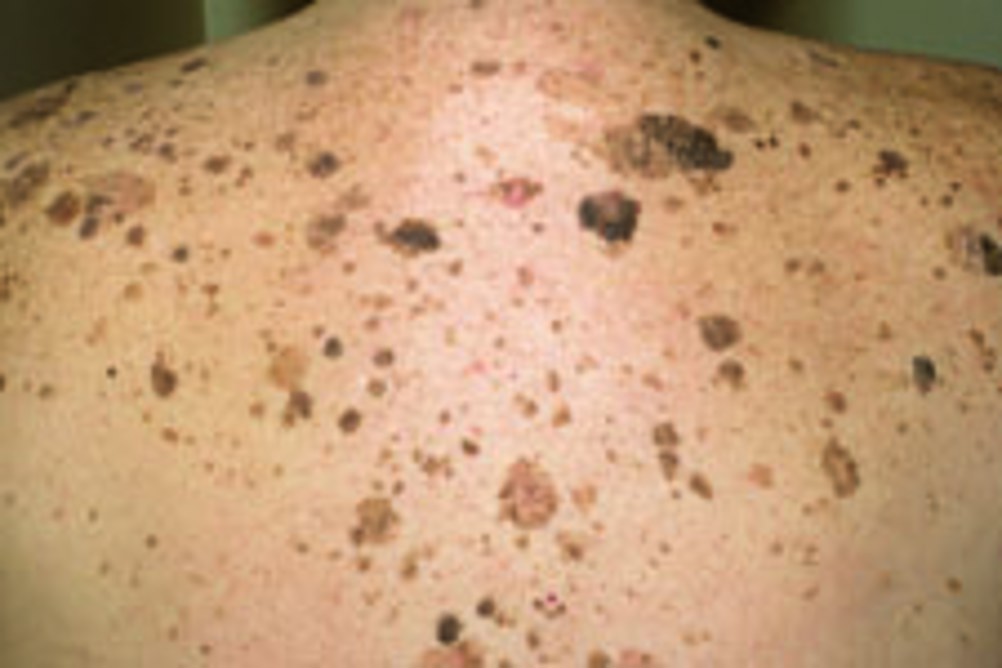
Skin changes are one of the most visible and significant signs of ageing and help to determine a person's age. Features include wrinkles, sagging and paper-thin skin, vulnerable to damage.
Genetic makeup and other physiological changes, such as those caused by exposure to sunlight and the environment, also contribute to the ageing process seen on the skin.
The ageing process results in a significant reduction in the skin's thickness and number of sweat glands, leading to dryness, splitting and cracking. Older skin is more vulnerable to a number of dermatological conditions, particularly dry skin with associated itching and eczema; irritant and contact dermatitis; and skin breakdown associated with pressure.1
Register now for access
Thank you for visiting Independent Nurse and reading some of our premium content. To read more, please register today.
Register
Already have an account? Sign in here
